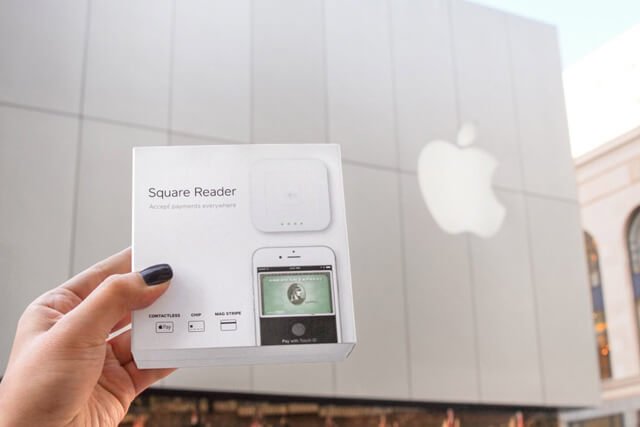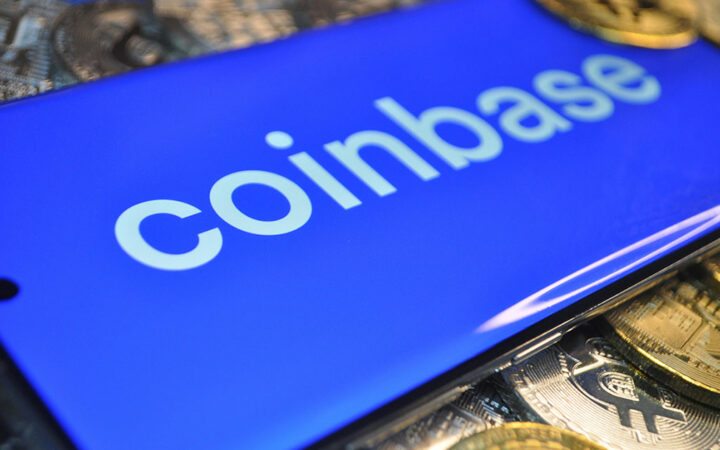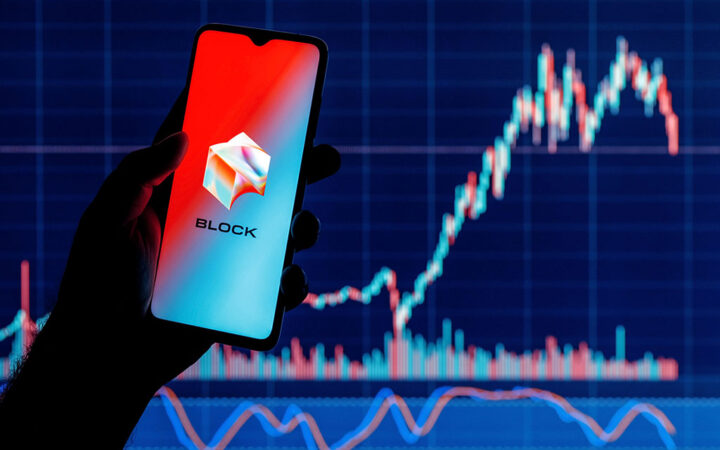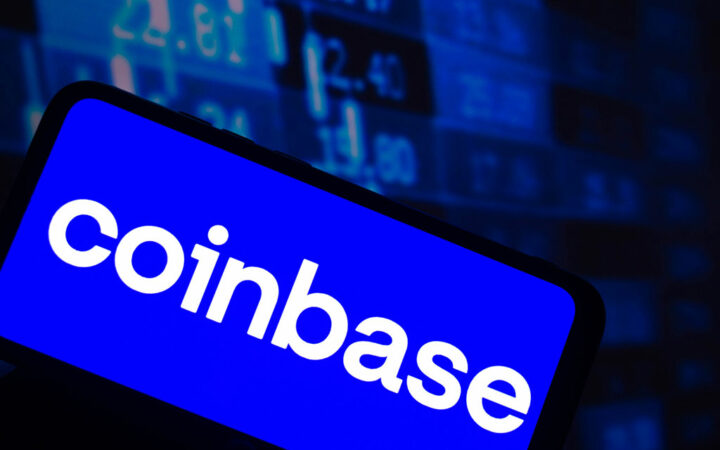Taking strong interest in blockchain, cryptocurrencies, and IoT, Tatsiana Yablonskaya got deep understanding of the emerging techs believing in their potential to drive the future.
Square’s new card reader went on sale for $49 both online and in retail stores. Square used to offer the card reader through its web site while now the device can be purchased as well in retailers other than Apple. “Retail has been a very good channel for us,” says Jesse Dorogusker, who oversaw the creation of the new reader as Square’s head of hardware. “It lets you be in front of more people in a different way.”
As of this tweet, our new Apple Pay reader is available in every Apple Store across the U.S. 📲◻️ 🎉 pic.twitter.com/XiimfYJMY6
— Square (@Square) February 3, 2016
Square presented an updated credit card reader last year. The new version lets anyone with smartphones and EMV credit cards accept payments. This small square-shaped device operates like any other NFC-enabled payment terminal allowing users to wave an iPhone, paired Apple Watch, or contactless EMV chip card near the reader for a few seconds to complete a purchase.
Square reader connects with smartphones via Bluetooth while EMV cards must be inserted for Chip-and-Signature payments. Square uses a magstripe reader in the box for accepting traditional swipe payments as well.
The move comes right in time as payment services are becoming more convenient and quick. Apple strives to promote its Apple Pay, a mobile payment and digital wallet service. As for now, mostly big chains such as Walgreens and Whole Foods accept Apple Pay. With the popularization of Square card reader the situation can change. The device works with Apple Pay, thus Apple promotes the Square reader, and the Square reader promotes Apple Pay. Square remains to be one of the most widespread payment options for independent businesses and it can even serve as a major aid to Apple Pay expansion. It can expand the target audience of Apple Pay by including small businesses.
In order to improve payment services, last year many banks all over the world switched to EMV-chipped credit cards mainly for safety reasons. Personal information on such cards is stored on EMV chips instead of card stripes.
To put it short, EMV is a technical standard both for debit cards as well as for terminals and machines accepting these cards. EMV stands for Europay, MasterCard, and Visa, the three companies which originally created the standard.
The possibility of making a duplicate of EMV-chipped card is minimized. Fraudsters need special tools to create a copy of EMV chip. Owen Wild, security marketing director at NCR, gives a promising statistics: “We have not seen a proven data breach of a chip card in an EMV market since it’s been in place”. Inspiring, isn’t it? The formula chip+PIN provides the highest level of card security available so far.
Disclaimer: Coinspeaker is committed to providing unbiased and transparent reporting. This article aims to deliver accurate and timely information but should not be taken as financial or investment advice. Since market conditions can change rapidly, we encourage you to verify information on your own and consult with a professional before making any decisions based on this content.





